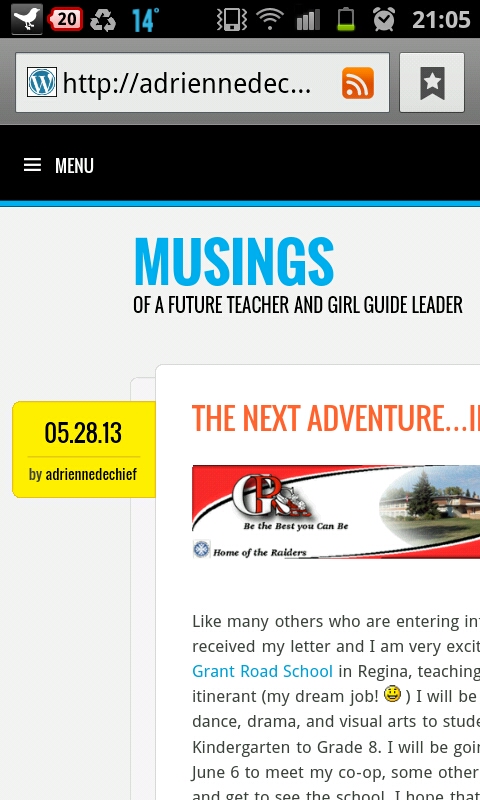After listening to Will Richardson speak about “Why School?”, I think everyone in our class would agree that there was a lot of things to think about and different directions to take in reflection on his presentation, as well as the implications of that to our future teaching practices.
To me, what really stood out to me was when he talked about how information is readily available to our students, anywhere, anytime. Where does that leave us as teachers? Really, why do students need to go to school to learn, when they can find anything they need to know by typing a phrase into the search bar and hitting enter!

So why do students need teachers? If they are curious as to why it rains, they can look it up. If they want to know what makes BC different from PEI, they can look it up. I believe that our job as teachers is to step into the role of facilitator. I know that I don’t know everything, and I believe that students now can take initiative to discover new information, to answer questions that the class has.
Before writing this post, I looked at others in the class to see what they had written for this tech task. I really enjoyed reading Mariette Anderson’s blog post, where she enabled her students to use technology, collaborate, become active in the community, and problem solve. I think it is so important for us who are still in school to hear these stories to see that what we are learning can be easily applied in the classroom and is truly relevant to real life situations. It was really cool to hear about how they were exploring Google Drive and what they can do with it, taking her initial instruction and then going off on their own, discussing and teaching each other. I think that this truly shows what Will was trying to tell us, that kids need the opportunities to explore and have guidance, rather than just being told what to do and how to do it.
Looking at my own experiences, my siblings, and the girls that I work with in Guides, students often delve into the depths of the programs and apps they use on their computers, phones, and tablets, and they know a lot of the intricacies that are apart of everything they use. Further, they love the opportunities to learn something new, and are developing the skill set to learn and discover more. My Guides love when they get to go into small groups and explore an issue or topic that we are discussing. They love it even more when we get back into the large group and get to share what they learned, and to hear from other people. I think that it is just so much cooler to hear it from a peer, as opposed to a teacher or Guide leader.
My interpretation of Will’s message is we are not the primary source of information for students anymore. I think that our position has moved from the fount of all knowledge to a guide, walking alongside our students through a path of discovery. As Mariette found, this approach engages students and I think gives them the opportunity to grow as individual and a community of learners, as well as encourage life long learning.
I hope this all made sense…I feel that it might not be completely succinct, as my brain is still full of thoughts and ideas. I had to get some of them out, and while I am a fast typer, unfortunately, I cannot type quicker than I can think! If something doesn’t make sense, or if I have piqued someone’s curiosity, please reply and we can chat! I feel that this whole topic could have endless discussion to it!
Until next time! 🙂




